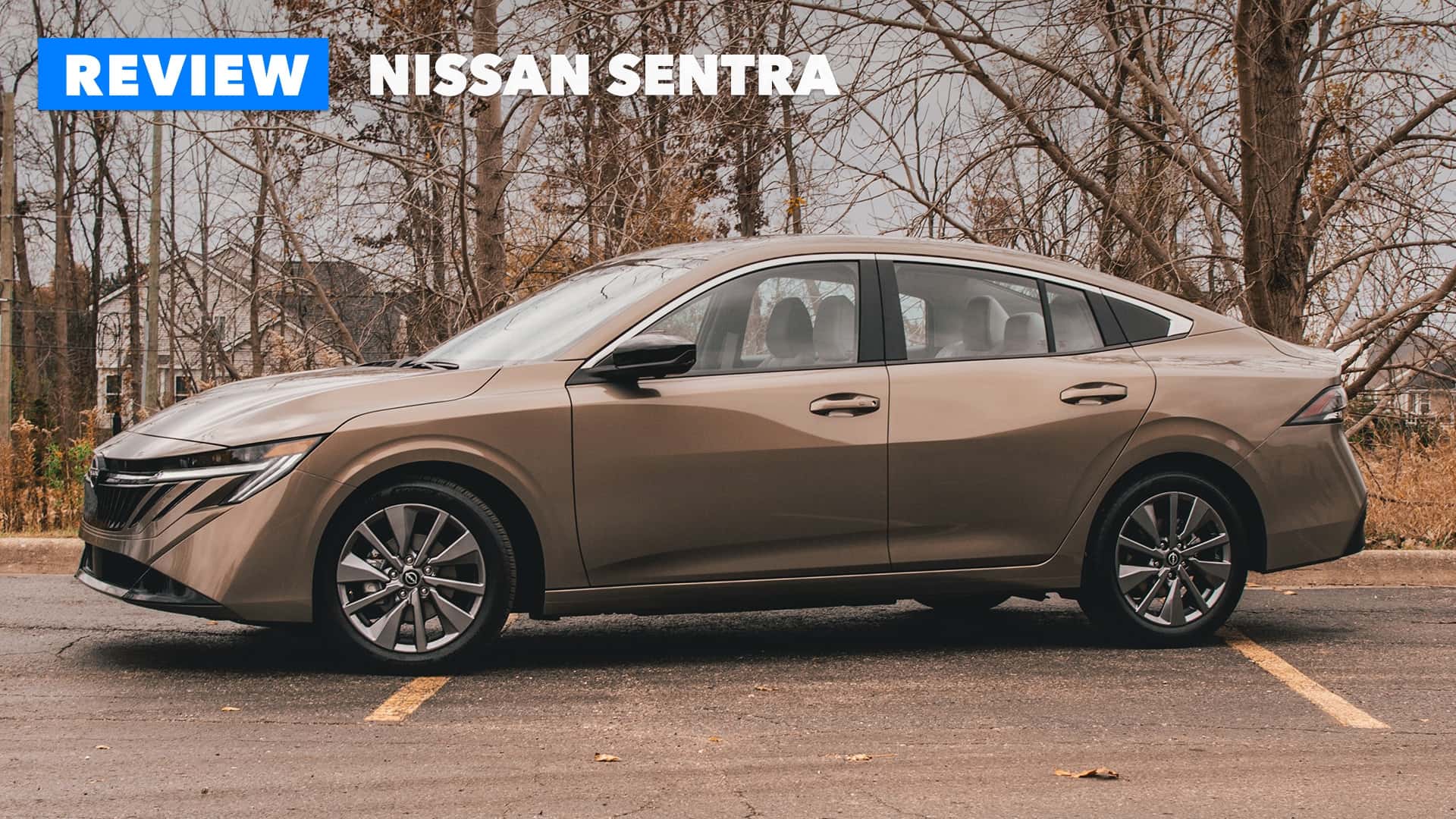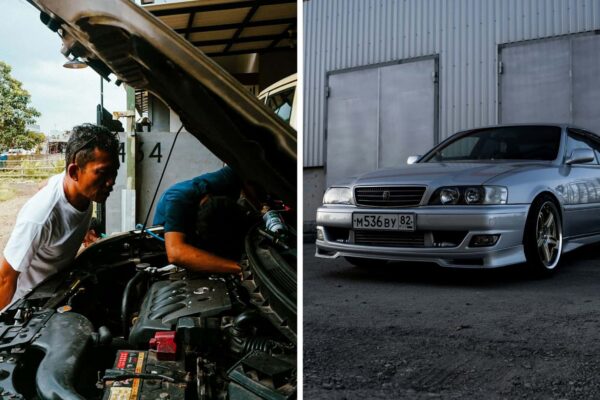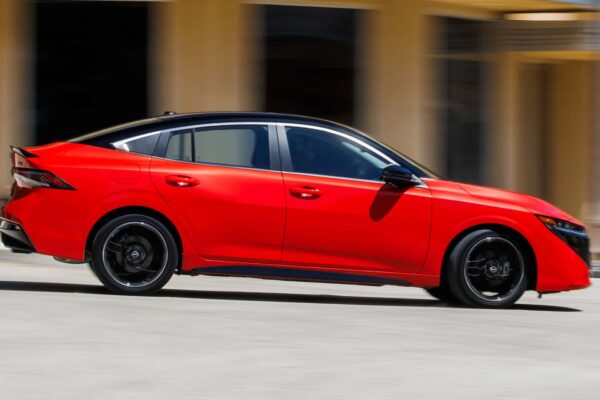With the ultra-cheap Nissan Versa likely to end production in 2026, the Sentra will serve as the brand’s entry model for the foreseeable future. To prepare for its new role, Nissan has given the 2026 Sentra a flared look – although it represents more of an evolution of the current model than a revolutionary redesign.
The Sentra’s platform and powertrain remain the same, with only minor modifications. It has a third-generation 2.0-liter four-cylinder engine under the hood, producing 149 horsepower and 146 pound-feet of torque, while a continuously variable transmission still powers the front wheels.
What’s new for the ninth generation Centra It is the interior and exterior design of the sedan, in addition to the return of the top-class SL model and a new sport mode. The bones are the same, but the new packaging makes buying the car more attractive than before April Focused on adding value and more features that buyers should already have.
| Quick specifications | Nissan Sentra 2026 |
| Output | 149 hp / 146 lb-ft |
| engine | 2.0L I4 |
| Transition | Constantly changing |
| As tested | $30,375 |
| For sale | Later this year |
The Sentra’s 149-hp engine is strong enough, and while I wouldn’t say no more than that, the naturally aspirated engine keeps things simple for Nissan and its owners. Maybe it’s too simple, since many of its competitors now offer hybrid options, which the Sentra doesn’t yet.
One big upgrade for 2026 is a new Sport mode option, available on the SL model tested here, which tweaks steering feel, sharpens throttle response, and adjusts the CVT calibration. You almost forget that the car is equipped with a CVT transmission, especially at low speeds.
Sport mode suspends engine revs as you pass a quartet of rotors, making the drive a little more engaging. The new mode elevates the driving experience and combats the previous car’s blandness, such as mushy steering and hesitant throttle.
Photography: Anthony Alaniz/Motor1
Pros: Comfortable cabin, indispensable technology, reasonable price
While the platform is the same as before, Nissan has improved the car’s noise, vibration and harshness level by adding more structural elements and eliminating noise paths. As a result, the sound of the engine and CVT is much less noticeable when you’re inside the Sentra, making it a pleasant place to spend some time.
The SL tested here had features including a heated steering wheel, heated seats, ambient lighting, an auto-dimming rearview mirror, and quilted synthetic leather upholstery. The Sentra comes with two 12.3-inch displays on every model except the base model, which Nissan placed lower in the dashboard to improve forward visibility.
Wireless Apple CarPlay and Android Auto are standard. The SL also features a decent eight-speaker Bose sound system, wireless charging, Nissan’s ProPilot Assist, and the company’s Safety Shield 360, which includes automatic emergency braking, blind-spot warning, high-beam assist, and more. The whole cap is included on the Sentra SL for under $30,000.
Nissan’s Zero Gravity seats are as comfortable as ever, while a strip of soft upholstery along the driver’s side of the center console provides some extra comfort. The new Sentra also has capacitive climate control systems, which are good. You’ll err on the side of using a button off-road, but dual-zone automatic climate control helps limit your interaction with it.
Photography: Anthony Alaniz/Motor1
Cons: Still no hybrid system, annoying capacitive controls, and small side mirrors
There are few physical buttons. The Sentra borrows volume and risk stack from the Leaf, which is located between the center vents. There are also controls for the drive modes, auto stop and auto start functions located behind the shifter and a few buttons on the left side of the steering wheel, such as those for the heated steering wheel.
It’s a basic, modern interior, and the 64-color ambient lighting along the dashboard and around the center console enhances the overall experience, making it appear more premium than a traditional compact car. There are also soft-touch materials along the door which looks nice. One of my only real complaints is the side mirrors, which are oddly small; However, blind spot detection makes up for that.
The car looks much handsomer in person than it does in photos, though the rear three is particularly attractive. The fastback roof and redesigned front make it appear larger than the outgoing model, but it’s actually almost identical in size.
Photography: Anthony Alaniz/Motor1
The only thing I didn’t test was the wider trunk opening that Nissan boasted; The company claims that you can fit a 55-inch TV into its trunk through the trunk with the second-row seats folded. The Sentra also has one of the lowest trunk heights in its class, making it easier to use.
The Sentra isn’t the most exciting compact car, competing with segment heavyweights like the Honda Civic and Toyota Corolla. However, it differentiates itself by offering modern features and amenities at an affordable price.
The 2026 Nissan Sentra is $810 more expensive than before, starting at $23,645, but it’s still one of the cheapest sedans you can buy soon. The new Sentra will go on sale before the end of the year.
I strongly advocate that driving a slow car quickly, like a Sentra, is the only reasonable option for the average enthusiast. It allows you to have a good time on the most mundane streets. The Sentra may not be the most attractive compact option, but the features it offers make it a viable alternative.
Competitors:



